

Articles
How To Store Flower Bouquets
Modified: January 21, 2024
Discover the best ways to store flower bouquets with our informative articles. Keep your flowers fresh and vibrant for longer with our expert tips and guidance.
(Many of the links in this article redirect to a specific reviewed product. Your purchase of these products through affiliate links helps to generate commission for Storables.com, at no extra cost. Learn more)
Introduction
Flower bouquets are a wonderful way to bring beauty and vibrancy into any space. Whether you receive them as a gift or create your own arrangement, it’s important to know how to properly store and maintain your bouquets to ensure their longevity. With a few simple techniques, you can keep your flowers looking fresh and vibrant for days or even weeks.
When it comes to storing flower bouquets, there are a few key factors to consider. Choosing the right vase, trimming the stems, and providing proper hydration are all essential steps in preserving the freshness of your flowers. Additionally, you’ll want to be mindful of factors such as sunlight, temperature, and humidity, as these can all affect the lifespan of your bouquet.
In this article, we will guide you through the process of storing flower bouquets to help you make the most of your floral arrangements. We’ll provide tips and techniques for maintaining the freshness and beauty of your flowers, so you can enjoy them for as long as possible. Let’s dive in!
Key Takeaways:
- Choose the right vase, trim stems, and provide proper hydration to extend the life of your flower bouquet. Avoid direct sunlight, maintain temperature and humidity, and display your bouquet thoughtfully for long-lasting freshness and beauty.
- Regular maintenance, such as water checks, stem trimming, and removing faded flowers, is crucial for preserving the vibrancy of your flower bouquet. Understanding the unique needs of each flower ensures tailored care and a stunning display.
Read more: How To Store A Bouquet Of Flowers
Choosing the Right Vase
Choosing the right vase for your flower bouquet is an important first step in ensuring their longevity. The size and shape of the vase can make a significant difference in how well your flowers thrive. Here are a few tips to keep in mind:
- Select an Appropriate Size: The vase should be proportionate to the size of your bouquet. A too-small vase can crowd the flowers, potentially causing them to wilt more quickly. On the other hand, a vase that is too large may not provide proper support for the stems.
- Consider the Shape: The shape of the vase can also impact the arrangement and the way the flowers spread out. For example, a wide-mouthed vase works well for bouquets with lots of branches and foliage, while a tall and narrow vase is ideal for long-stemmed flowers.
- Choose a Clear Vase: Opt for a clear glass or transparent vase, as it allows you to monitor the water level and the condition of the stems. This transparency also adds an aesthetic appeal, creating a beautiful display of the flowers.
- Avoid Vases with Narrow Necks: Vases with narrow necks can make it challenging to arrange and reposition your flowers. It’s best to choose a vase with a wider opening for ease of use.
By carefully considering these factors, you can choose a vase that complements your bouquet while providing the necessary support and space for your flowers to thrive. Remember, the right vase can be the foundation for a beautiful and long-lasting display.
Trimming the Stems
Trimming the stems of your flower bouquet is a crucial step in maintaining their freshness and promoting water uptake. When flowers are cut, air can enter the stems, causing them to block water absorption. Trimming the stems helps to remove any airlocks and allows the flowers to take up water more effectively. Here are some guidelines to follow when trimming the stems:
- Use Clean and Sharp Tools: Before trimming the stems, make sure to use clean and sharp scissors or gardening shears. This helps to create a clean cut and prevents any damage or crushing of the stems.
- Cut at an Angle: Trim the stems at a 45-degree angle. This not only creates a larger surface area for water absorption but also prevents the stems from sitting flat at the bottom of the vase, which can impede water flow.
- Remove Excess Foliage: Remove any leaves or foliage that would be submerged in water. These submerged leaves can promote bacterial growth and reduce the lifespan of your bouquet. However, be careful to leave some leaves on the upper portion of the stems to provide nourishment to the flowers.
- Trim the Stems Regularly: As flowers age, their stem ends can become clogged or slimy. To maintain optimal water uptake, trim the stems every few days, removing about an inch of the stem and repeating the angle cut.
By following these trimming techniques, you can ensure that your flower bouquet remains hydrated and fresh for a longer period. Trimming the stems not only improves water absorption but also helps to prevent the growth of harmful bacteria in the vase water, extending the lifespan of your flowers.
Hydration Techniques
Proper hydration is essential for keeping your flower bouquet looking fresh and vibrant. By providing adequate water and nourishment, you can help prolong the life of your flowers. Here are some effective hydration techniques:
- Use Clean Water: Fill the vase with clean, room temperature water. Avoid using cold water, as it can shock the flowers and hinder their ability to absorb water. If possible, use filtered or distilled water to reduce the presence of contaminants that can affect the longevity of your bouquet.
- Add Floral Preservatives: Floral preservatives contain nutrients and additives that help keep the water clean and provide essential nutrients to the flowers. These can be found at florist shops or can be easily made at home using ingredients like lemon juice, sugar, and bleach. Follow the instructions on the preservative package or use the homemade concoction in the right proportions.
- Change the Water Regularly: Stagnant water can quickly become a breeding ground for bacteria, which can shorten the lifespan of your flowers. Change the water every two to three days, giving your bouquet fresh water and a clean environment to thrive in.
- Mist the Flowers: Some flowers, such as orchids or tropical blooms, benefit from a light misting of water on their petals. This can help maintain their moisture levels and keep them looking fresh. Avoid misting flowers that are prone to mold or those with delicate petals that can be damaged by water.
- Keep Foliage Out of the Water: While some flowers benefit from having their stem foliage submerged in water, others release sap or can introduce bacteria to the water. To keep the water clean and fresh, remove any foliage that would be submerged and trim the stems accordingly.
By practicing these hydration techniques, you can ensure that your flower bouquet remains well-hydrated, nourished, and vibrant. Providing clean water, using floral preservatives, and regular water changes all contribute to extending the life of your flowers and preserving their natural beauty.
Preserving the Freshness
Preserving the freshness of your flower bouquet is vital to ensure that it stays vibrant and beautiful for as long as possible. Here are some effective tips to help you preserve the freshness of your flowers:
- Remove Wilting or Damaged Flowers: As soon as you notice any wilting or damaged flowers in your bouquet, remove them immediately. Wilted flowers can release ethylene gas, which can accelerate the aging process of the remaining flowers.
- Keep Away from Fruits and Vegetables: Fruits and vegetables release ethylene gas as they ripen, which can cause your flowers to wilt and deteriorate quickly. Keep your flower bouquet away from the kitchen or any areas where ripening produce is stored.
- Avoid Drafts: Drafts from open windows, air conditioning vents, or fans can dehydrate your flowers. Keep your bouquet away from direct drafts to prevent premature wilting or drying out.
- Avoid Ethylene-Producing Appliances: Appliances such as ripening bananas, apples, or even cigarettes can release ethylene gas, which is harmful to flowers. Keep your bouquet away from these items to prevent them from aging quickly.
- Refrigerate Overnight: If possible, refrigerate your flower bouquet overnight. Place them in a plastic bag with a damp paper towel to provide them with a cool and moist environment. However, be cautious not to store them near fruits and vegetables, as mentioned earlier.
By following these tips, you can help extend the lifespan of your flower bouquet and maintain its freshness for a longer period. With proper care and attention, you can ensure that your flowers stay vibrant and beautiful, adding a touch of natural elegance to your space.
To store flower bouquets, trim the stems at an angle and place them in a clean vase filled with water. Keep them in a cool area away from direct sunlight and change the water every 2-3 days to prolong their freshness.
Read more: How To Store Bouquet Of Flowers Overnight
Avoiding Direct Sunlight
While sunlight is essential for the growth and blooming of flowers, it’s important to avoid exposing your flower bouquet to direct sunlight once it’s cut. Direct sunlight can lead to premature wilting, fading of colors, and damage to the delicate petals. Here are a few tips for protecting your flower bouquet from direct sunlight:
- Find an Indirect Light Location: Choose a spot for your flower bouquet where it can receive ample indirect light. Indirect light provides the necessary brightness without the harmful effects of direct sunlight. An ideal location could be near a north or east-facing window.
- Avoid South and West-Facing Windows: Windows facing south or west can expose your flowers to intense, direct sunlight for extended periods. These areas tend to have the strongest and hottest sunlight, which can cause the flowers to wilt and lose their vibrancy quickly.
- Use Shades, Curtains, or Blinds: If you cannot find a suitable location with indirect light, consider using shades, curtains, or blinds to filter the sunlight. This allows you to control the amount and intensity of light that reaches your flower bouquet. Avoid exposing them to direct rays, especially during the hottest parts of the day.
- Rotate the Bouquet: If you have arranged your flowers in a fixed direction, make sure to rotate the bouquet regularly. This prevents one side of the bouquet from receiving more sunlight than the other, ensuring equal exposure and preventing uneven wilting or fading.
By avoiding direct sunlight, you can help prolong the freshness and vibrancy of your flower bouquet. Providing indirect light allows the flowers to thrive without the risk of damage from excessive heat and sunlight exposure. Remember, a little shade can go a long way in preserving the beauty of your bouquet.
Temperature and Humidity Control
Maintaining the right temperature and humidity levels is crucial for preserving the freshness of your flower bouquet. Extreme temperatures and fluctuations can cause your flowers to wilt or deteriorate more quickly. Here are some tips for temperature and humidity control:
- Avoid Extreme Temperatures: Keep your flower bouquet away from areas with extreme temperatures. Avoid placing them near heaters, air conditioners, or vents, as these can create hot or cold spots that can negatively impact the lifespan of your flowers.
- Optimal Room Temperature: Ideally, keep your flower bouquet in a room with a temperature between 60-75 degrees Fahrenheit (15-24 degrees Celsius). This range provides a comfortable environment for your flowers to thrive and maintain their freshness.
- Humidity Considerations: Most cut flowers prefer humidity levels between 40-60%. If the air in your home is too dry, you can increase humidity by placing a tray of water near the bouquet or using a room humidifier. On the other hand, if humidity is too high, you can use a dehumidifier or ensure proper ventilation to prevent mold or rot.
- Avoid Draughts and Airflow: Strong airflow from fans, open windows, or vents can cause dehydration and wilting of your flowers. Ensure that your bouquet is placed away from direct draughts or moveable objects that can create a constant flow of air.
By controlling the temperature and humidity around your flower bouquet, you can create an environment that promotes their longevity and freshness. Providing a stable and comfortable atmosphere helps to prevent unnecessary stress on your flowers, allowing them to flourish and beautify your space for a longer duration.
Displaying the Bouquet
How you display your flower bouquet can not only enhance the visual appeal but also contribute to its overall longevity. Here are some tips for effectively displaying your bouquet:
- Select a Suitable Location: Choose a location that is away from direct sunlight, extreme temperatures, and drafts. Consider a spot where you can appreciate the beauty of the flowers and where they can be easily admired.
- Use a Stable Surface: Place your flower bouquet on a stable surface that can support the weight of the vase and provide good balance. This helps prevent accidental tipping and potential damage to the flowers.
- Showcase the Arrangement: Arrange your flowers in a way that highlights their natural beauty. You can create a balanced look by arranging flowers of different heights and textures. Experiment with different techniques, such as clustering similar flowers or mixing complementary colors.
- Add Decorative Elements: Enhance your display by adding decorative elements like stones, foliage, or ribbons that complement the colors and style of your bouquet. Be mindful not to overcrowd the arrangement, allowing the focus to remain on the flowers themselves.
- Keep Away from Ripening Fruits: Avoid displaying your flower bouquet near ripening fruits or vegetables, as they release ethylene gas that can accelerate the aging process of your flowers. This can cause them to wilt more quickly and reduce their overall freshness.
By following these tips, you can create a visually appealing and well-balanced display for your flower bouquet. It allows you to showcase the natural beauty of the flowers while providing them with a stable and suitable environment to flourish.
Maintenance Tips
To ensure the longevity of your flower bouquet, regular maintenance is essential. By following these maintenance tips, you can keep your flowers looking fresh and vibrant for a longer period of time:
- Check and Refresh Water Daily: Check the water level in the vase every day and add fresh water as needed. If the water appears cloudy or murky, change it immediately to prevent bacterial growth that can harm your flowers.
- Trim the Stems: Trim the stems of your flowers every few days to maintain water absorption. Use sharp, clean scissors and cut at a 45-degree angle to create a fresh surface for the stems to take in water.
- Remove Faded or Wilting Flowers: Regularly remove any flowers that have started to fade or wilt. Removing these flowers reduces the production of ethylene gas, which can have a detrimental effect on the remaining bouquet.
- Remove Fallen Petals and Debris: As flowers age, their petals may naturally fall off. Regularly remove any fallen petals or debris from the vase to keep it clean. This helps prevent the growth of bacteria, which can shorten the lifespan of your flowers.
- Monitor for Pests or Disease: Keep an eye out for any signs of pests or disease such as mold, rot, or wilting. If you notice any issues, take prompt action to address them. Isolate affected flowers or remove them from the bouquet to prevent further spread.
By consistently maintaining your flower bouquet, you can prolong its freshness and extend its beauty. Regular water checks, stem trimming, and removing faded flowers help create a healthy environment for your bouquet, ensuring that it remains a stunning centerpiece for your space.
Read more: How To Store Wedding Bouquet
Conclusion
Properly storing and maintaining your flower bouquet is key to preserving its freshness, vibrancy, and beauty. By following the tips and techniques discussed in this article, you can extend the lifespan of your flowers and enjoy them for an extended period. Choosing the right vase, trimming the stems, and providing proper hydration are essential steps in ensuring the longevity of your bouquet.
Avoiding direct sunlight, controlling the temperature and humidity, and displaying your bouquet in a suitable location further contribute to maintaining its freshness. Regular maintenance, such as checking and refreshing the water, trimming the stems, and removing faded flowers, is crucial for maximizing the lifespan of your bouquet.
Remember, each flower has its own unique characteristics and requirements. By understanding the specific needs of the flowers in your bouquet, you can tailor your care and maintenance routine accordingly. Showcasing your bouquet in a visually appealing display adds an extra touch of beauty to your space and allows the flowers to be appreciated fully.
Ultimately, the proper storage and maintenance of your flower bouquet not only enhance its visual appeal but also allow you to enjoy the beauty and fragrance of fresh flowers for an extended period. So, whether you receive a bouquet as a gift or create one yourself, implementing these tips will help ensure that your flowers remain vibrant and captivating for as long as possible.
Frequently Asked Questions about How To Store Flower Bouquets
Was this page helpful?
At Storables.com, we guarantee accurate and reliable information. Our content, validated by Expert Board Contributors, is crafted following stringent Editorial Policies. We're committed to providing you with well-researched, expert-backed insights for all your informational needs.

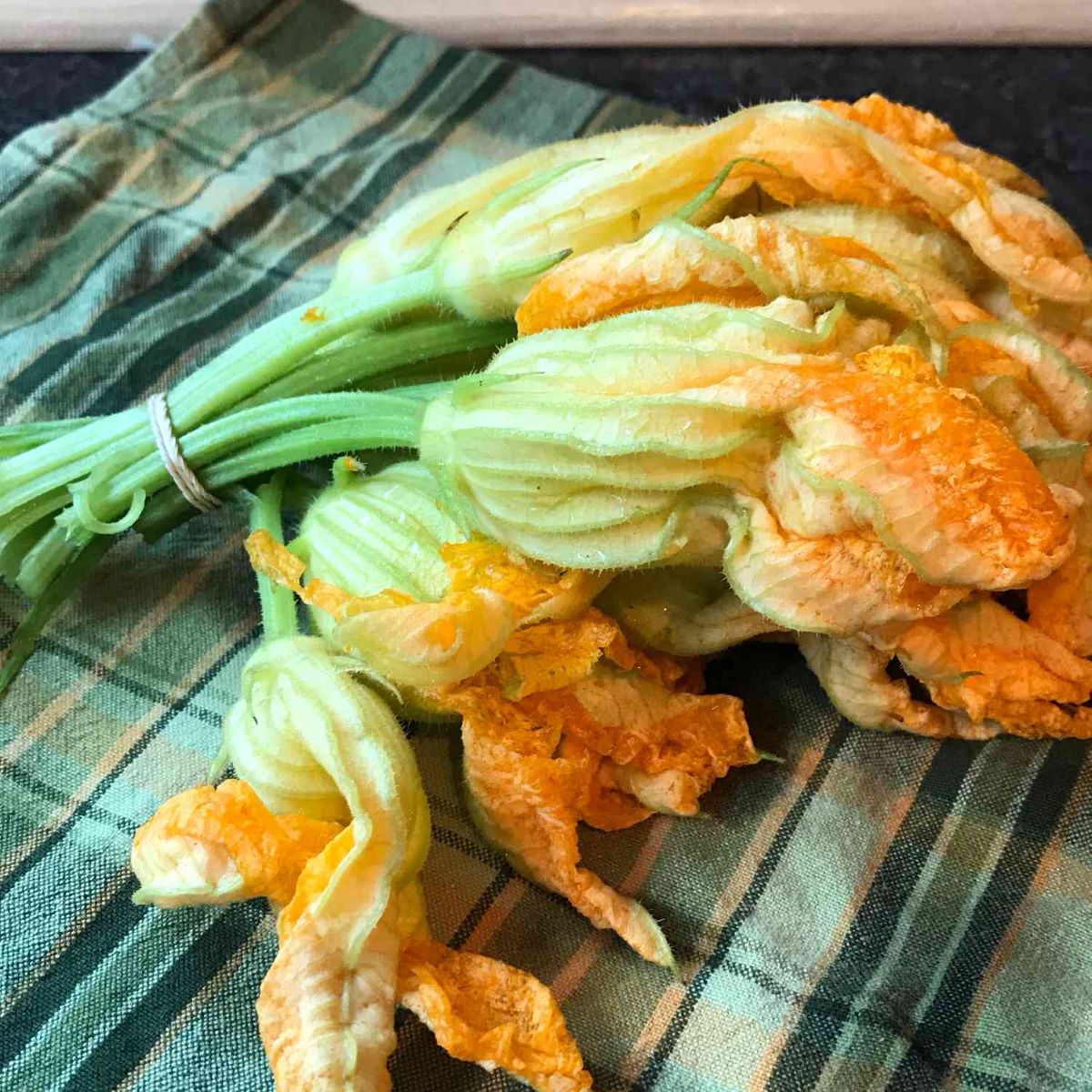
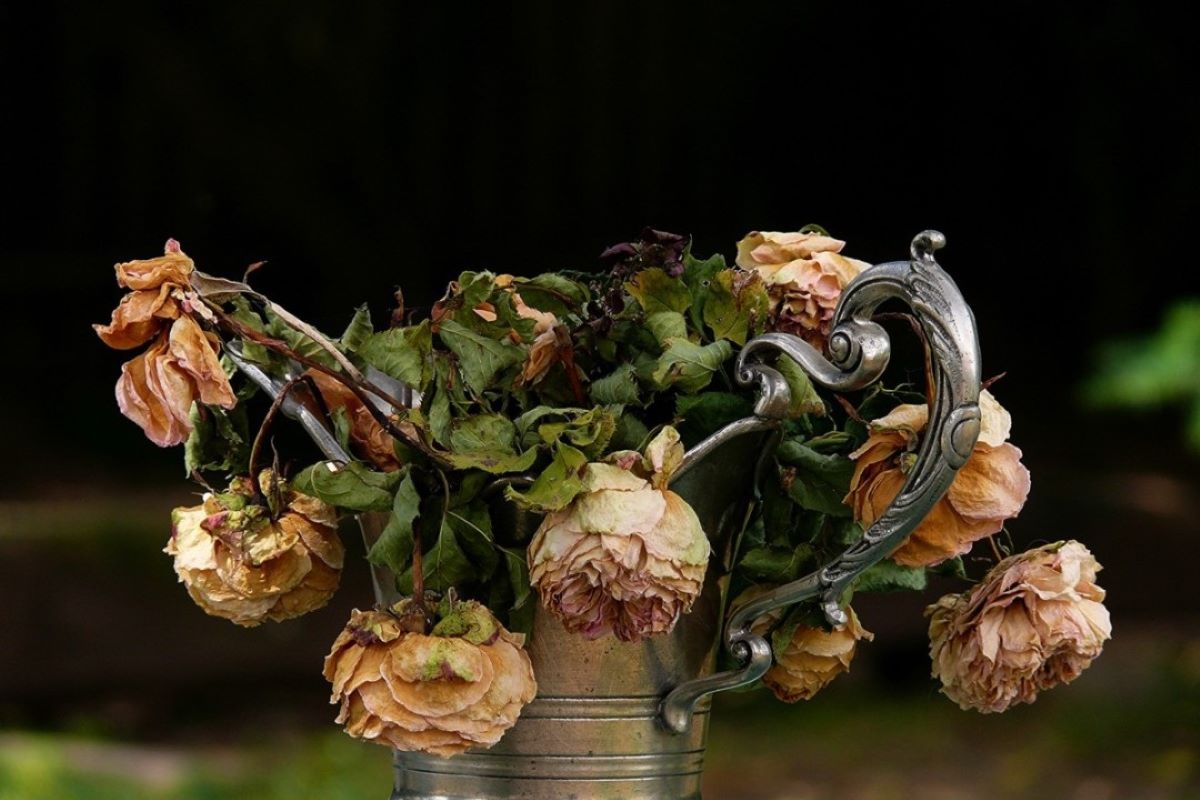
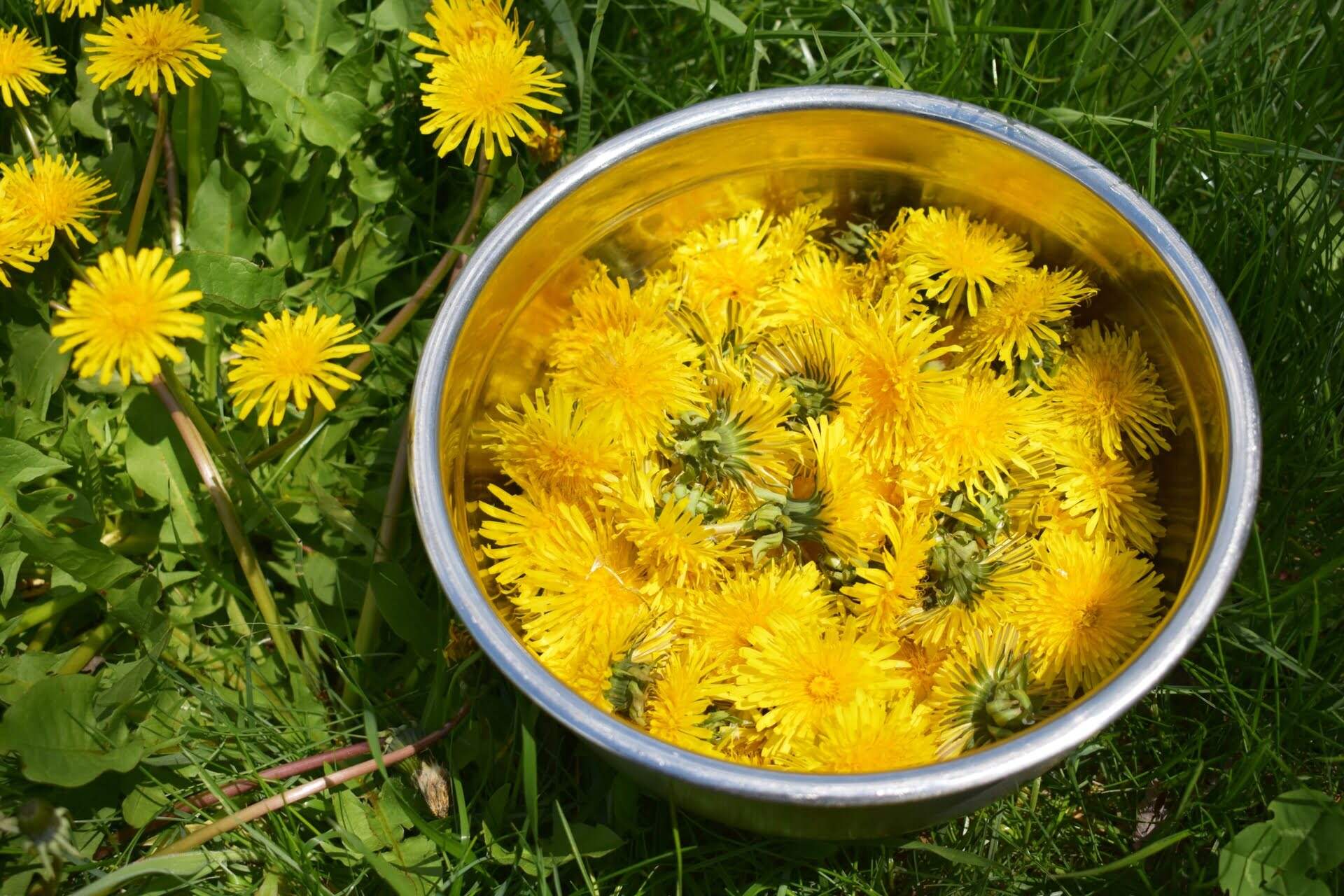
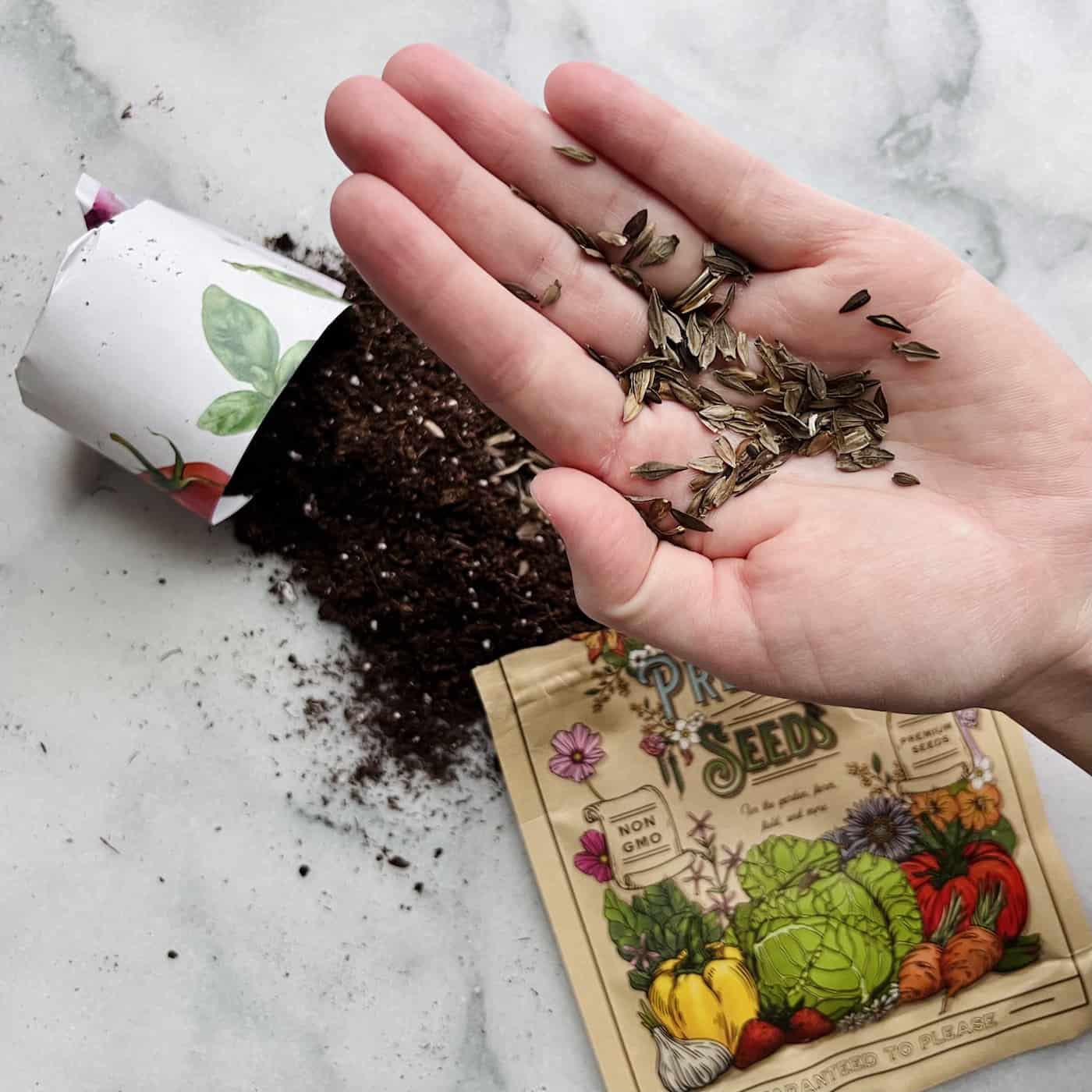
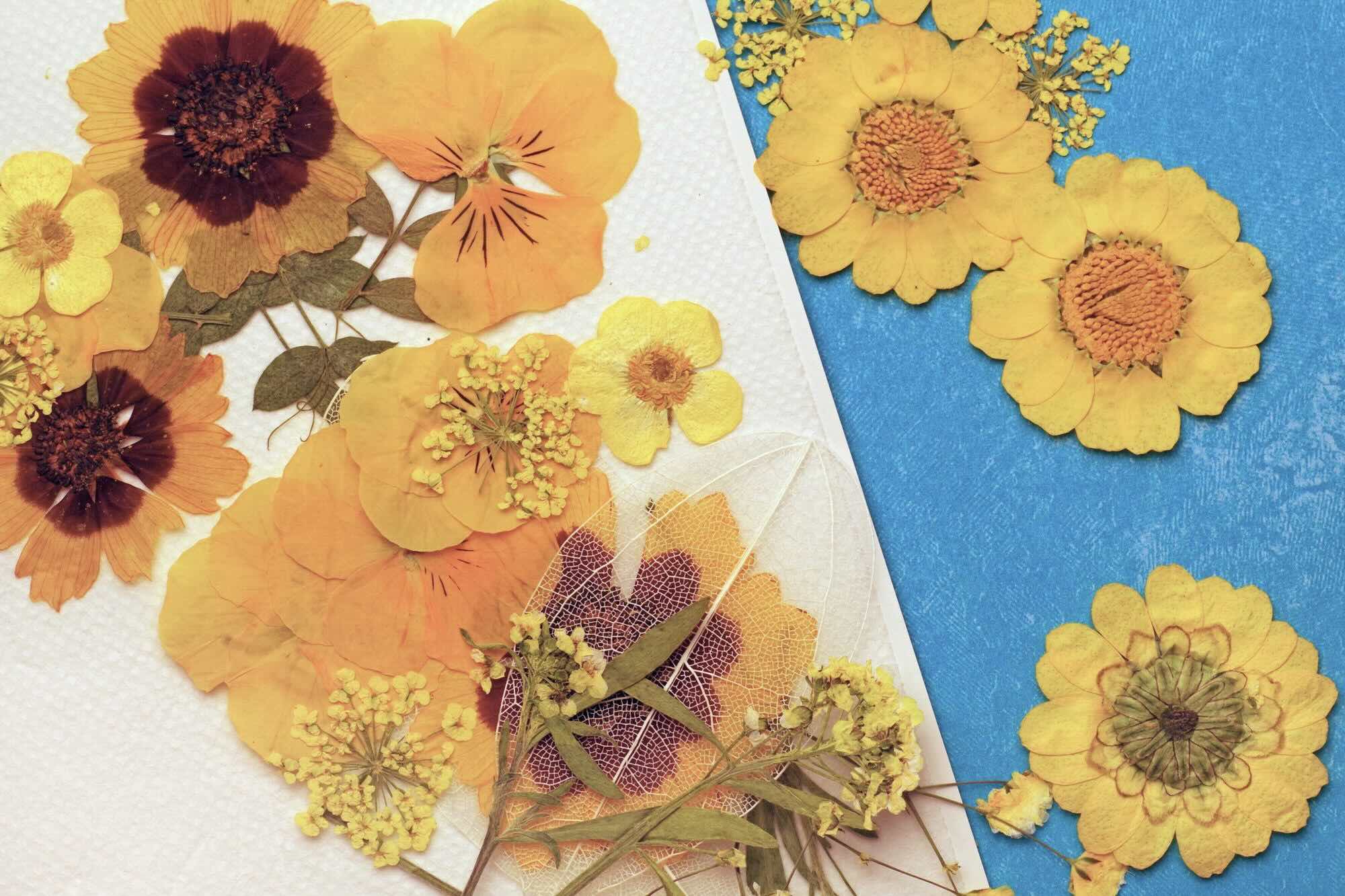

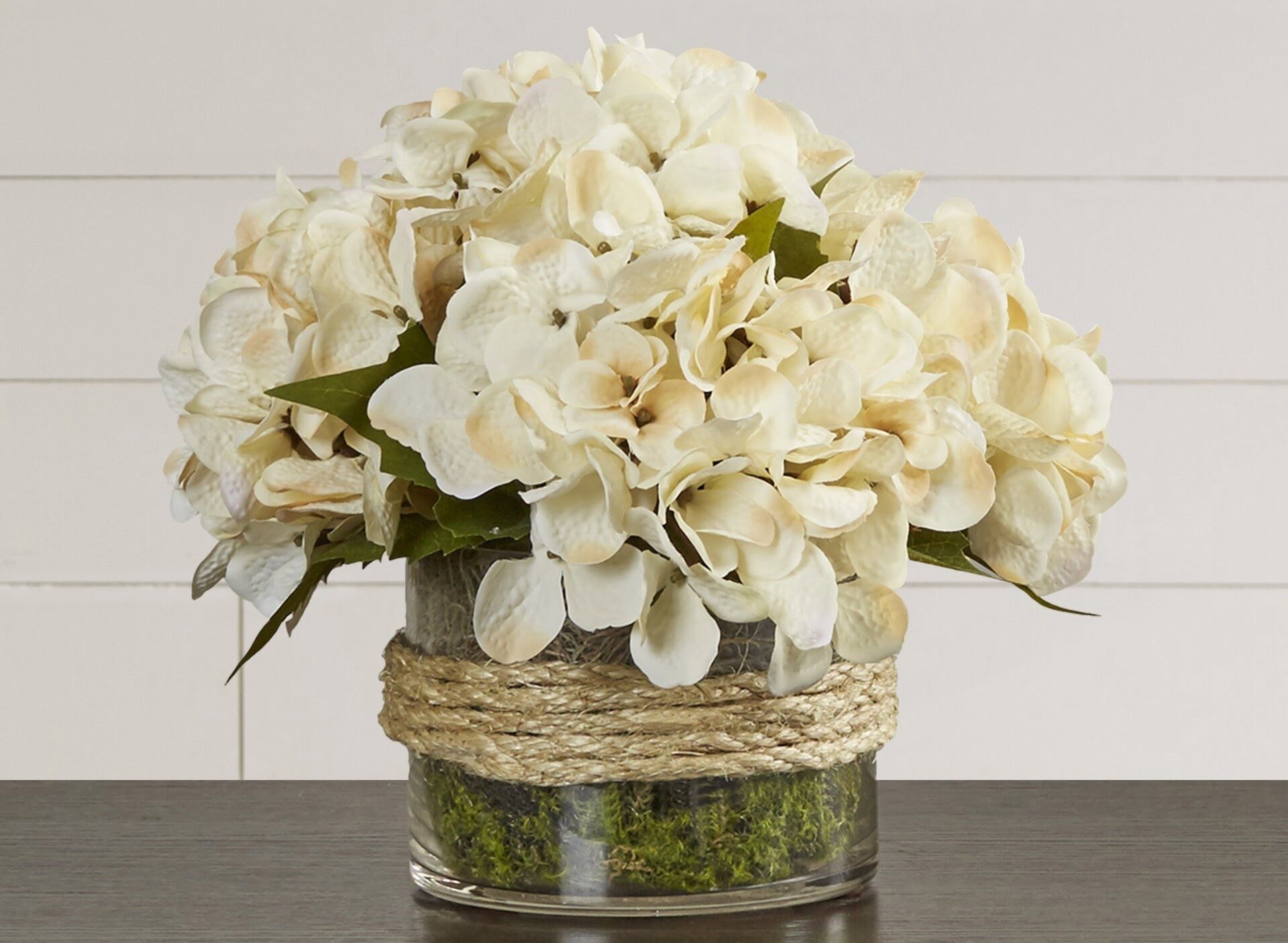
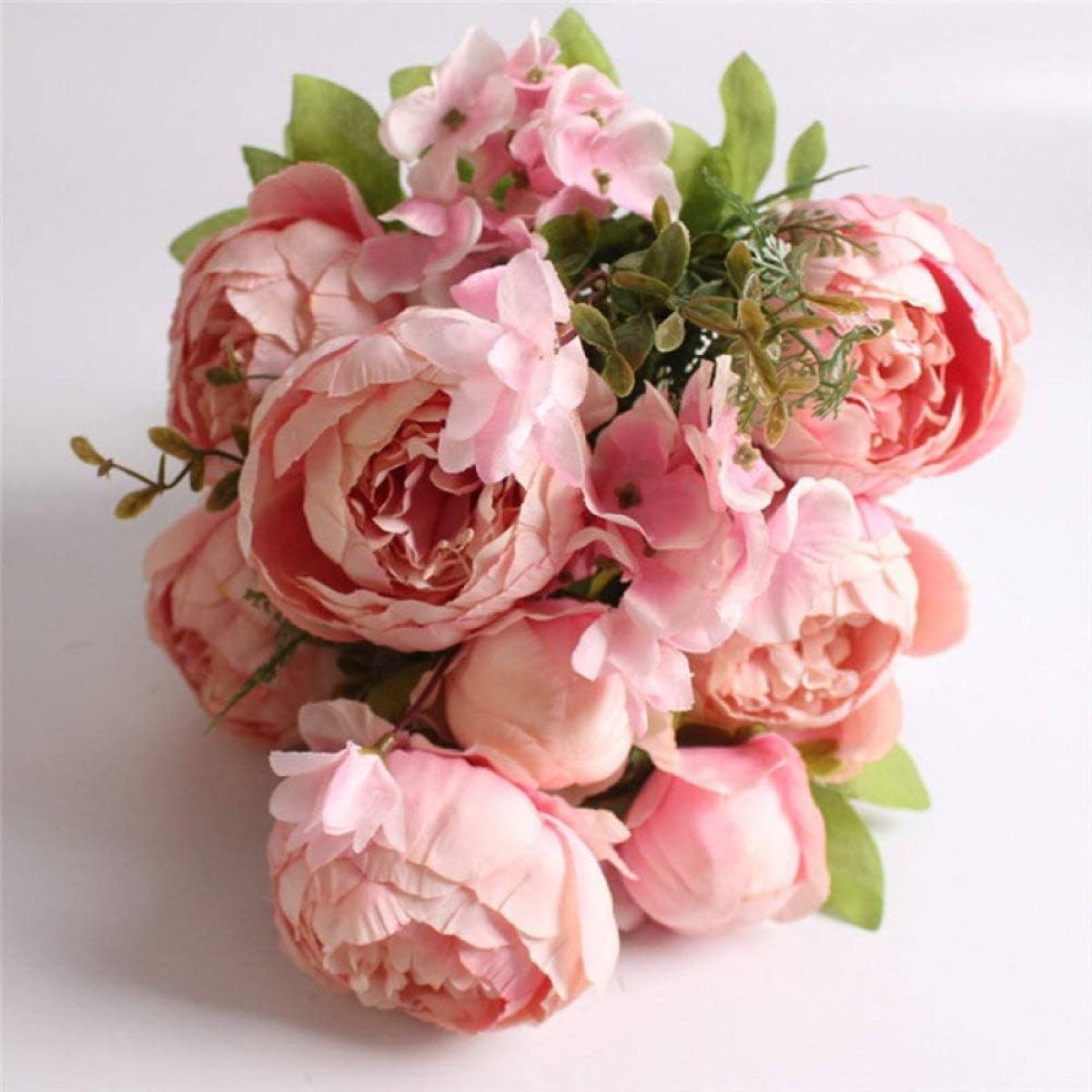
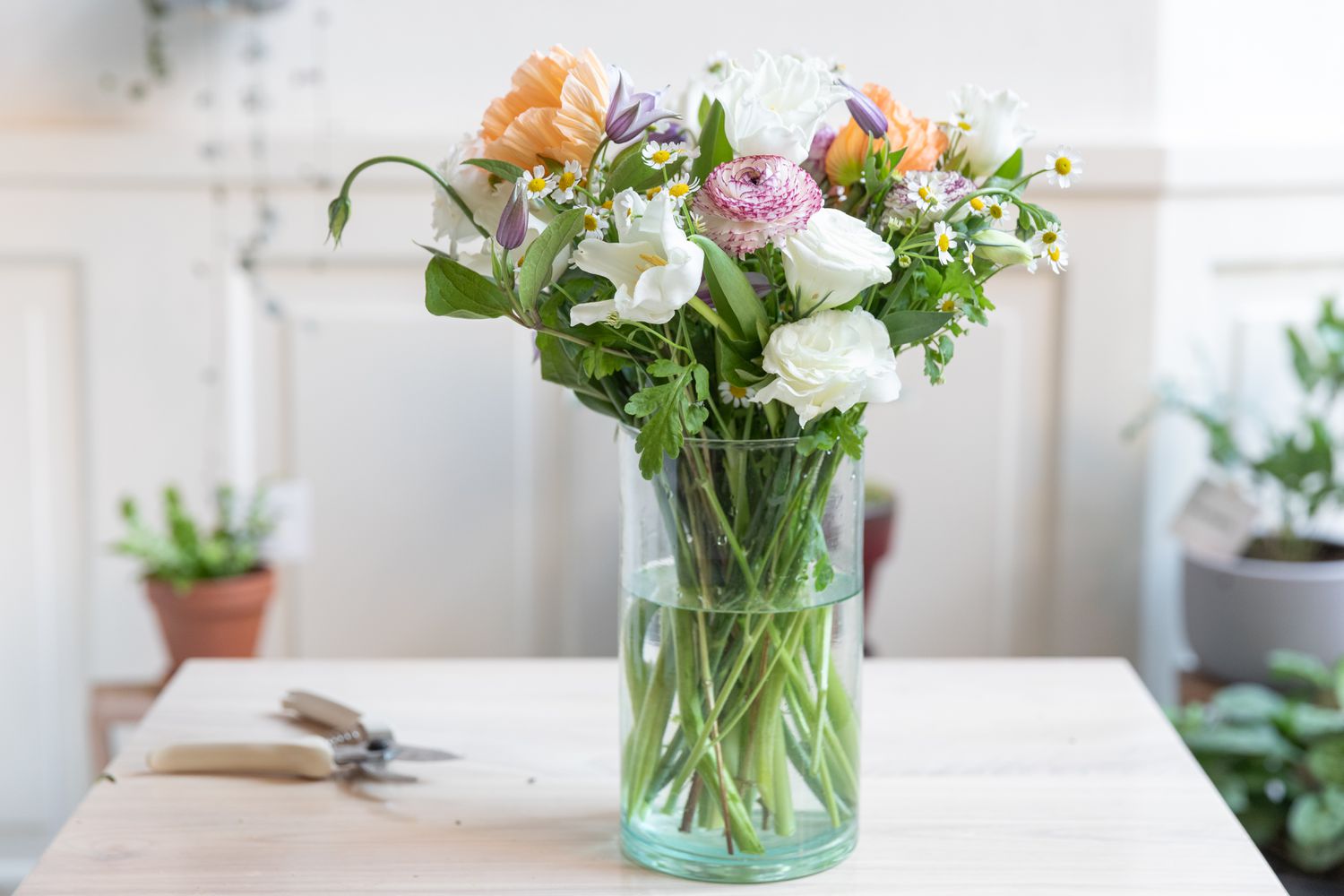
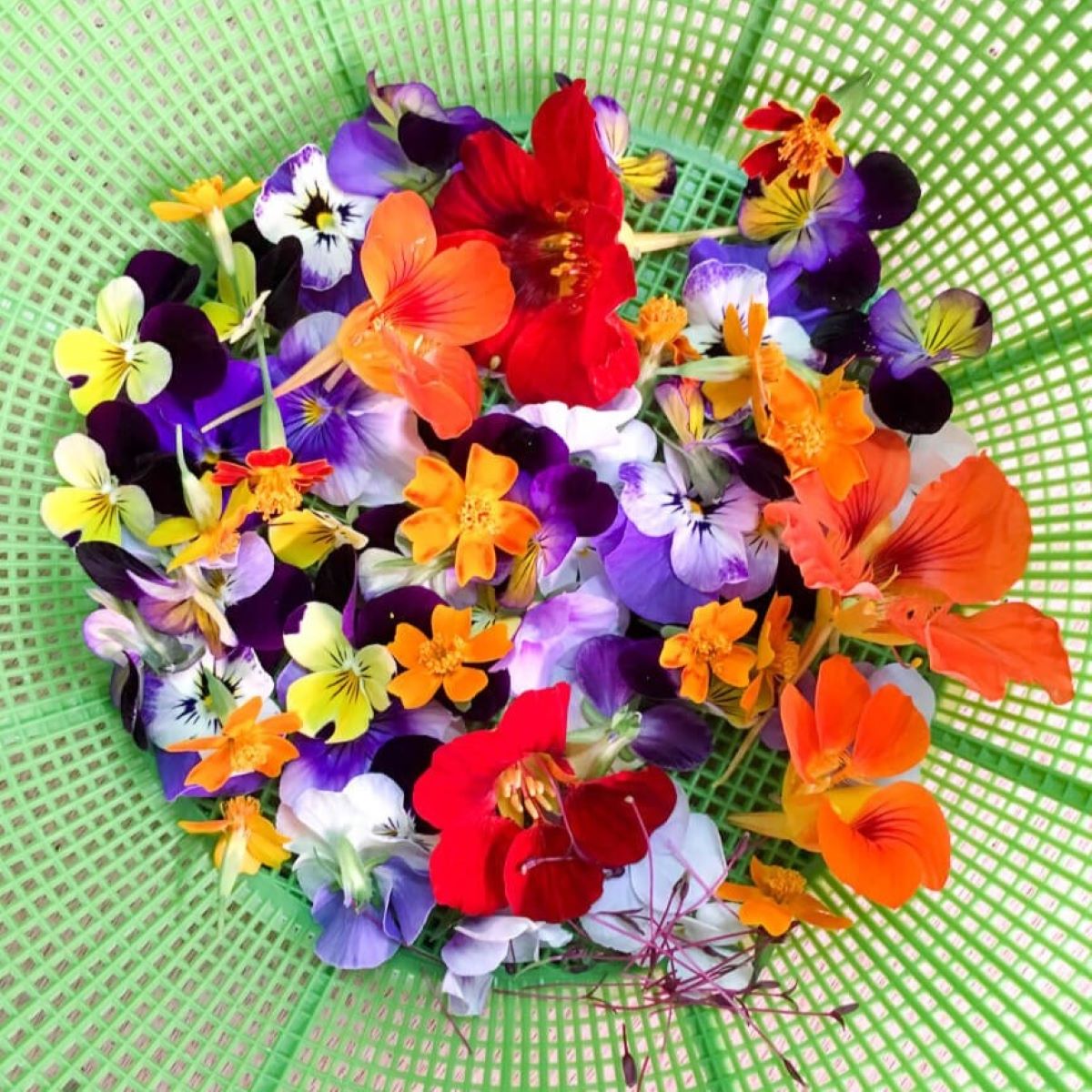
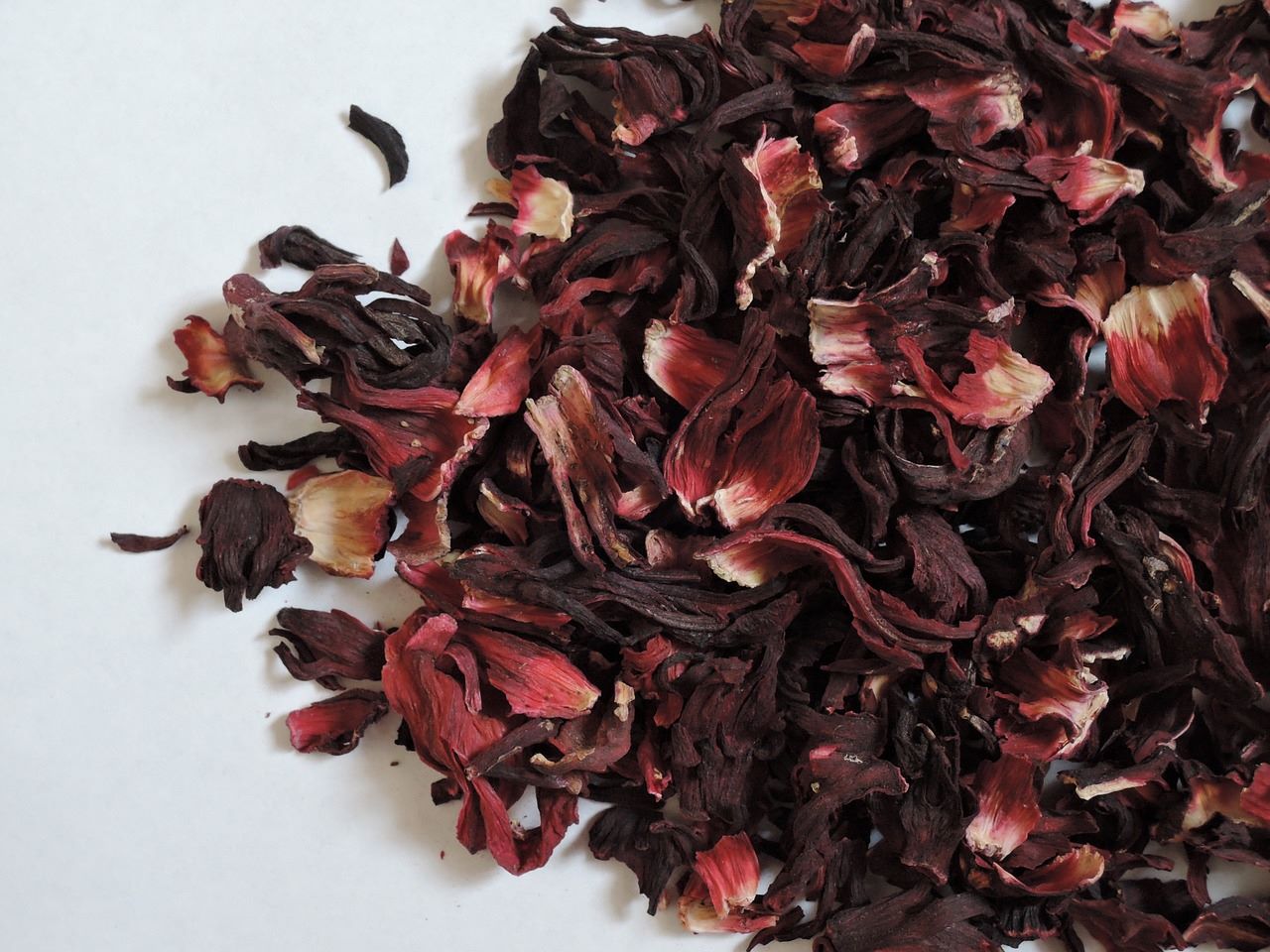
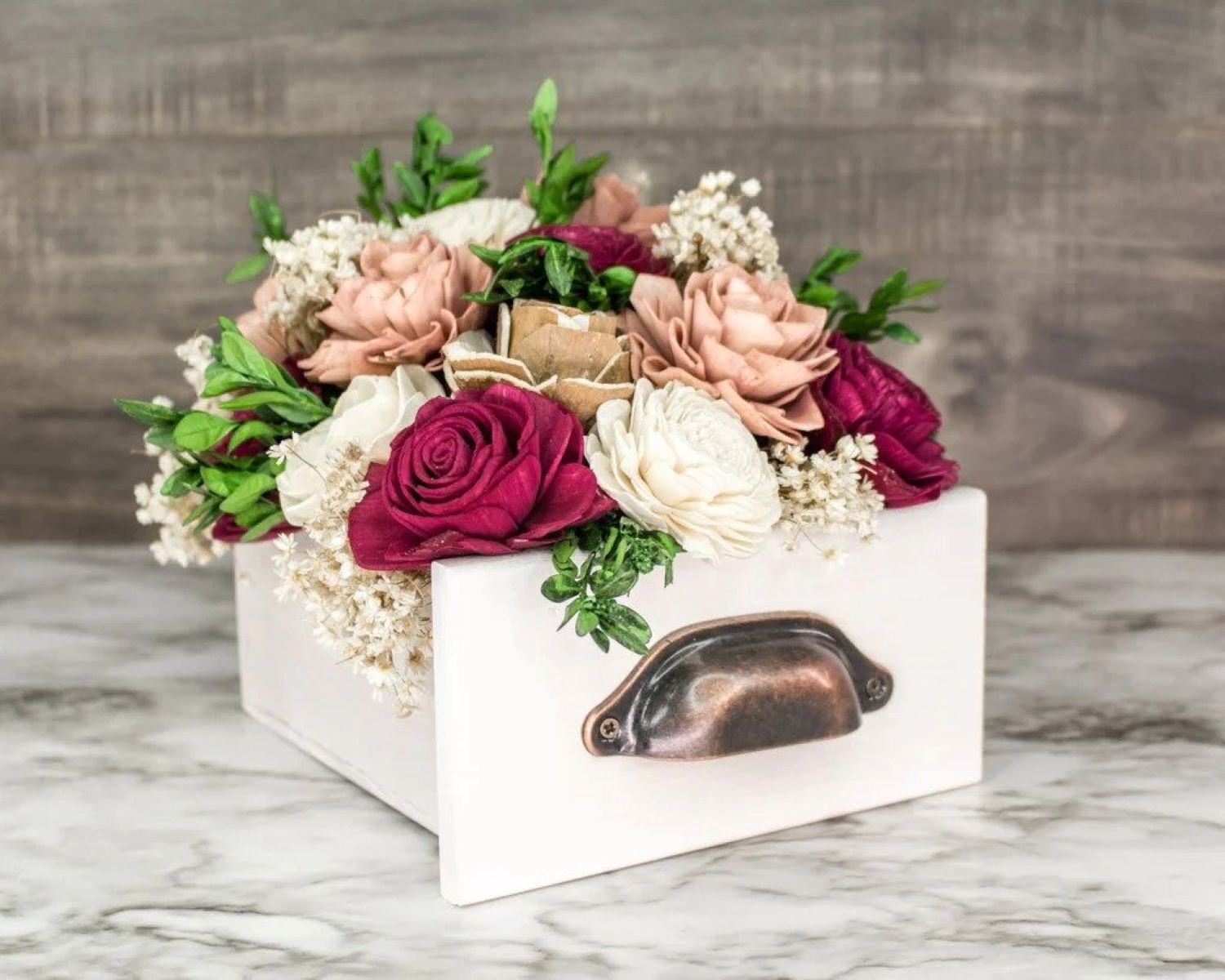

0 thoughts on “How To Store Flower Bouquets”